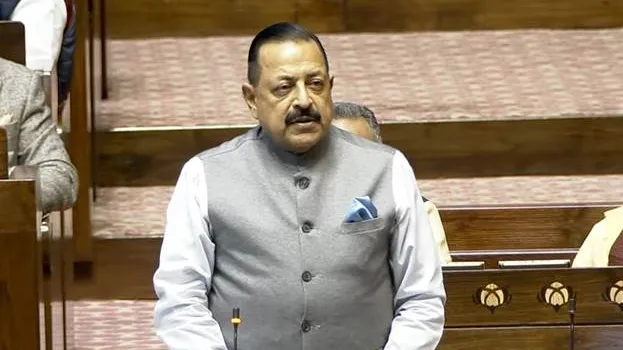
India’s nuclear plants remain amongst the safest: gov’t
Radiation emissions remain below the 1,000 microsieverts threshold.
India has assured that its nuclear plants remain amongst the safest in the world through strict adherence to safety protocols.
According to Jitendra Singh, Union Minister of State (Independent Charge) for Science and Technology; Earth Sciences and Minister of State for PMO, Department of Atomic Energy, Department of Space, Personnel, Public Grievances and Pensions, authorities conduct quarterly reviews during construction, semi-annual inspections after a plant becomes operational, and a mandatory five-year license renewal process.
The World Association of Nuclear Operators and other international organisations periodically review India’s facilities, he added.
“Globally, the critical safety benchmark for radiation emissions from nuclear plants is 1,000 microsieverts. In India, our plants consistently operate well below this threshold,” Singh said.
Radiation levels at Kudankulam have dropped from 0.081 to 0.002 microsieverts, whilst Kalpakkam's levels have decreased from 23.140 to 15.961 microsieverts.
According to Singh, the Kaiga Generating Station in Karnataka has achieved 962 days of continuous operation. Tarapur, India’s first nuclear power plant, has also completed 50 years of operation.
India’s first indigenous Pressurized Heavy Water Reactor is currently operational at Kakrapar, Gujarat. Additionally, the Kudankulam plant has resumed operations after being offline for decades, Singh said.

















 Advertise
Advertise






